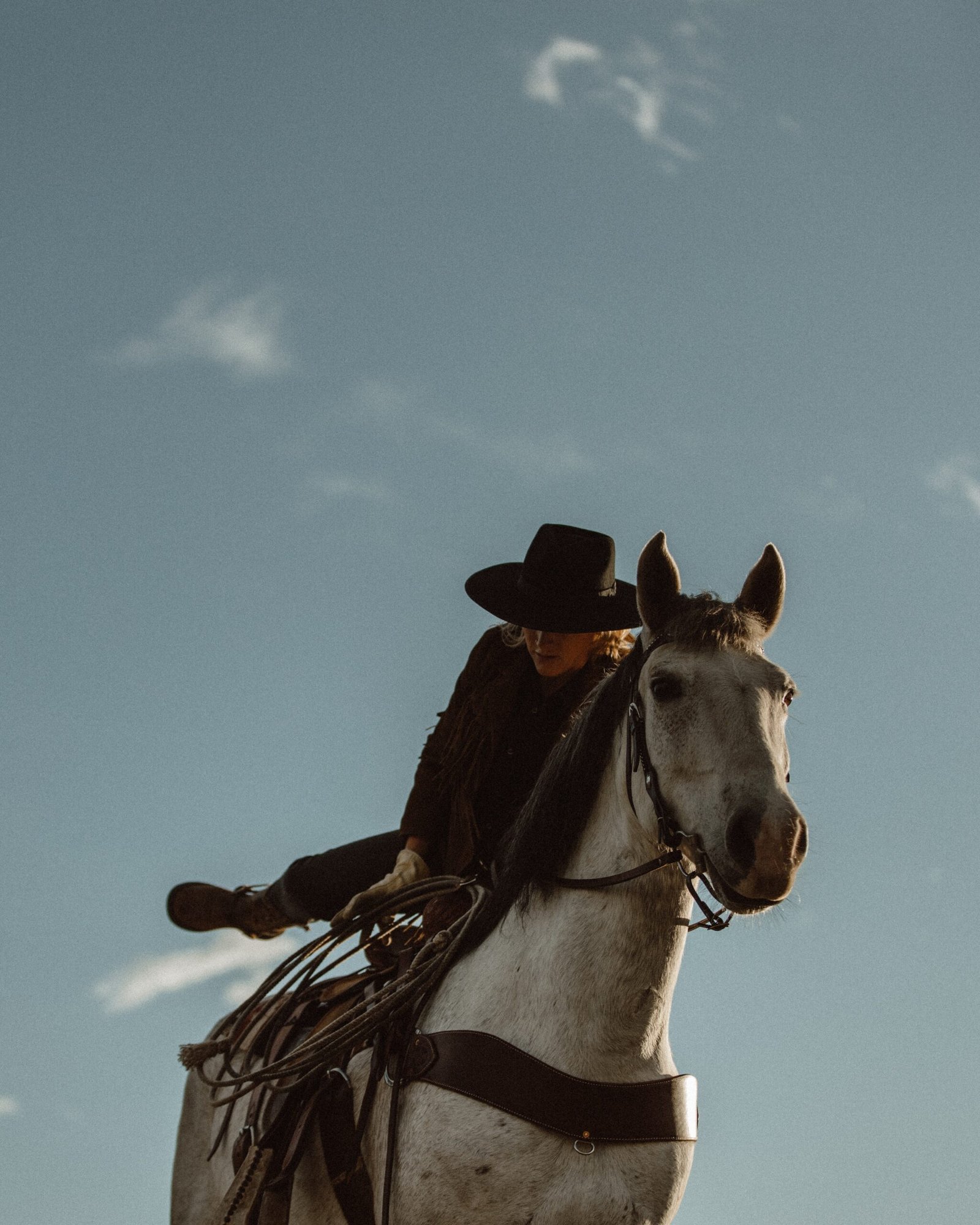Introduction
When it comes to horses, there’s a magical bond that exists between humans and these magnificent creatures. Equine lifestyle is more than just riding and grooming; it’s about truly understanding the language of horses. In this blog post, we will delve into the art of equine communication, exploring the various ways horses express themselves and how we can become better horse whisperers.
Section 1: Body Language and Non-Verbal Cues
Horses are incredibly perceptive animals, and their primary means of communication is through body language. By paying close attention to their postures, facial expressions, and movements, we can decipher their emotions and intentions.
For instance, a horse with its ears pinned back may be expressing anger or annoyance, while a relaxed and alert horse is likely feeling calm and content. Understanding these non-verbal cues allows us to communicate more effectively with our equine partners.
Section 2: Vocalizations and Sounds
While horses primarily communicate through non-verbal means, they also use vocalizations to express themselves. Understanding their various sounds can provide invaluable insights into their well-being and needs.
One common vocalization is the whinny, which is often used to greet other horses or to express excitement. On the other hand, a snort can indicate a horse’s alertness or readiness for action. By familiarizing ourselves with these vocalizations, we can better understand what our horses are trying to communicate.
Section 3: Building Trust and Connection
Building a strong bond with our horses is essential for effective communication. Trust is the foundation of this connection, and it can be developed through consistent and gentle handling.
Spending time with our horses, grooming them, and providing proper care creates a sense of security and reliability. This trust allows horses to feel safe in our presence and more open to communicating their needs and desires.
Additionally, using positive reinforcement techniques during training sessions helps establish a bond built on trust and mutual respect. By rewarding desired behaviors, we encourage our horses to actively engage in the learning process, leading to better communication and a deeper connection.
Conclusion
Equine communication is an art that can be mastered by anyone willing to listen and learn. By understanding a horse’s body language, vocalizations, and building trust, we unleash our inner horse whisperer. So, let’s embark on this incredible equestrian adventure, and discover a whole new level of connection with our equine companions!
